Rising Labor Costs
In the Global Smart Harvest Market Industry, rising labor costs are driving the adoption of automated harvesting solutions. As labor shortages become more pronounced, particularly in regions reliant on manual labor, farmers are increasingly turning to smart harvesting technologies. Automation not only mitigates the impact of labor shortages but also enhances efficiency and productivity. For example, robotic harvesters can operate continuously without the need for breaks, thereby maximizing output. This shift towards automation is expected to contribute significantly to the market's growth trajectory, as farmers seek cost-effective solutions to maintain competitiveness.
Market Growth Projections
The Global Smart Harvest Market Industry is projected to experience substantial growth over the next decade. With a market value of 2.52 USD Billion in 2024, it is anticipated to reach 8.56 USD Billion by 2035. This growth trajectory indicates a compound annual growth rate (CAGR) of 11.76% from 2025 to 2035. Such projections highlight the increasing importance of smart harvesting technologies in modern agriculture, driven by factors such as technological advancements, rising labor costs, and sustainability initiatives. The market's expansion reflects a broader trend towards innovation and efficiency in the agricultural sector.
Sustainability Initiatives
Sustainability initiatives are becoming a pivotal driver in the Global Smart Harvest Market Industry. With increasing awareness of environmental issues, farmers are adopting smart harvesting technologies that promote sustainable practices. These technologies help in reducing waste, optimizing resource use, and minimizing the carbon footprint associated with traditional harvesting methods. For instance, precision agriculture techniques allow for targeted application of inputs, thereby reducing excess use of fertilizers and pesticides. As consumers demand more sustainably sourced products, the market is likely to see a surge in the adoption of smart harvesting solutions that align with these values.
Technological Advancements
The Global Smart Harvest Market Industry is experiencing rapid technological advancements that enhance agricultural productivity. Innovations such as autonomous harvesting machines and precision agriculture tools are becoming increasingly prevalent. These technologies enable farmers to optimize their operations, reduce labor costs, and improve crop yields. For instance, the integration of AI and IoT in harvesting equipment allows for real-time monitoring and data analysis, leading to more informed decision-making. As a result, the market is projected to grow from 2.52 USD Billion in 2024 to 8.56 USD Billion by 2035, reflecting a robust CAGR of 11.76% from 2025 to 2035.
Increasing Global Population
The increasing global population is a significant driver of the Global Smart Harvest Market Industry. As the world population continues to rise, the demand for food is expected to escalate, necessitating more efficient agricultural practices. Smart harvesting technologies are essential in meeting this demand by enhancing crop yields and reducing waste. For instance, the use of data analytics in harvesting can lead to better timing and methods, ensuring optimal harvests. This growing need for food security is likely to propel the market forward, as farmers seek innovative solutions to maximize their output in a sustainable manner.
Government Support and Incentives
Government support and incentives play a crucial role in the growth of the Global Smart Harvest Market Industry. Many governments are recognizing the importance of modernizing agriculture to ensure food security and sustainability. As a result, they are implementing policies that encourage the adoption of smart harvesting technologies. This includes financial incentives, grants, and subsidies for farmers who invest in innovative equipment. Such initiatives not only lower the financial barriers to entry but also stimulate research and development in the sector, fostering a more robust market environment. This supportive framework is likely to accelerate the market's expansion in the coming years.


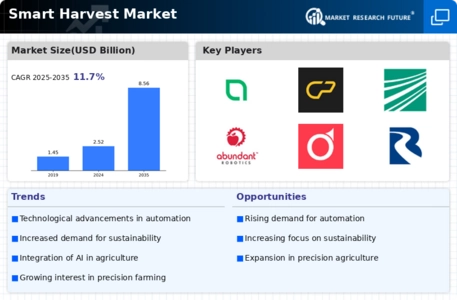
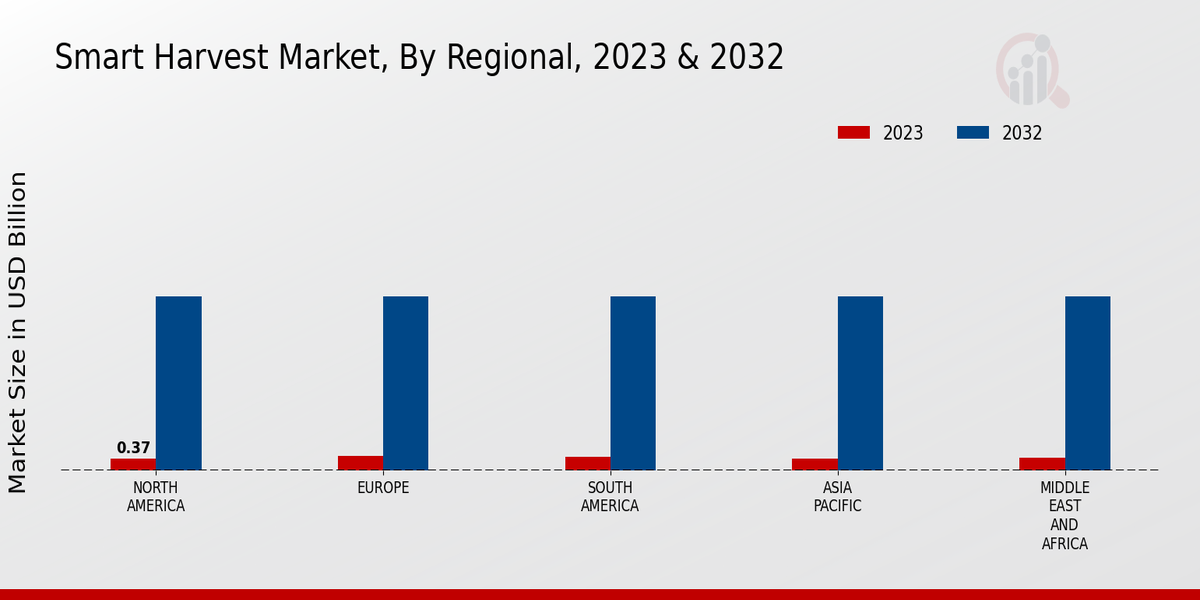



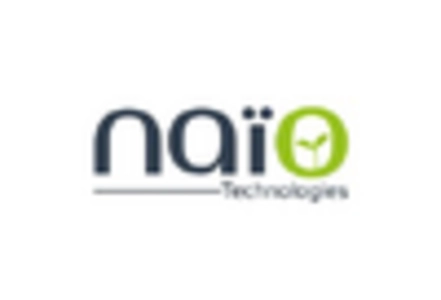


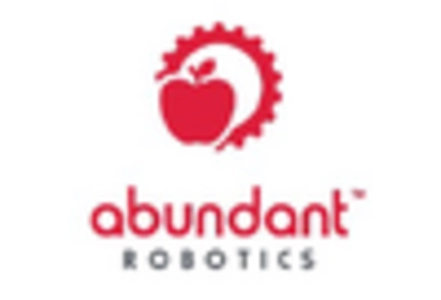


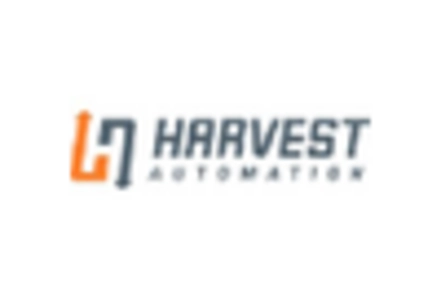








Leave a Comment